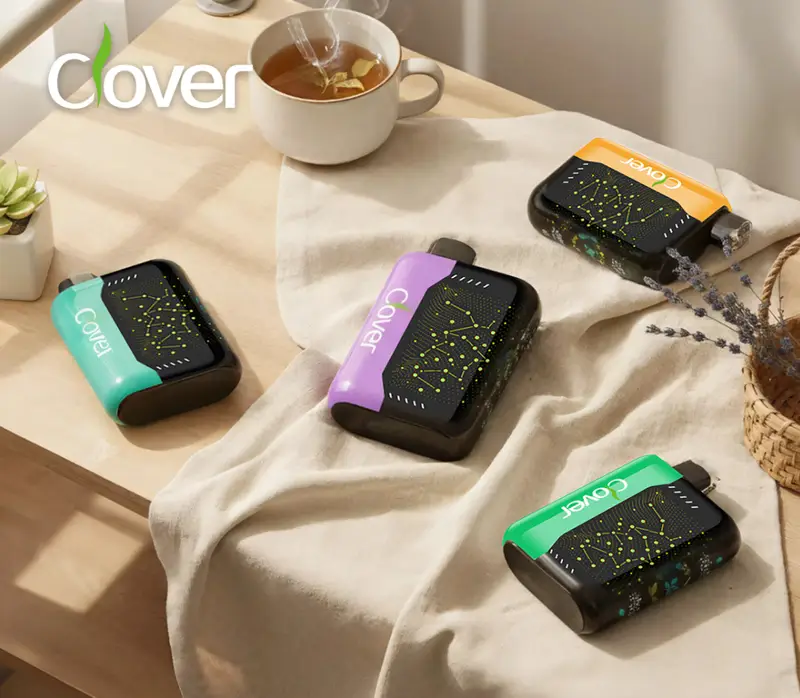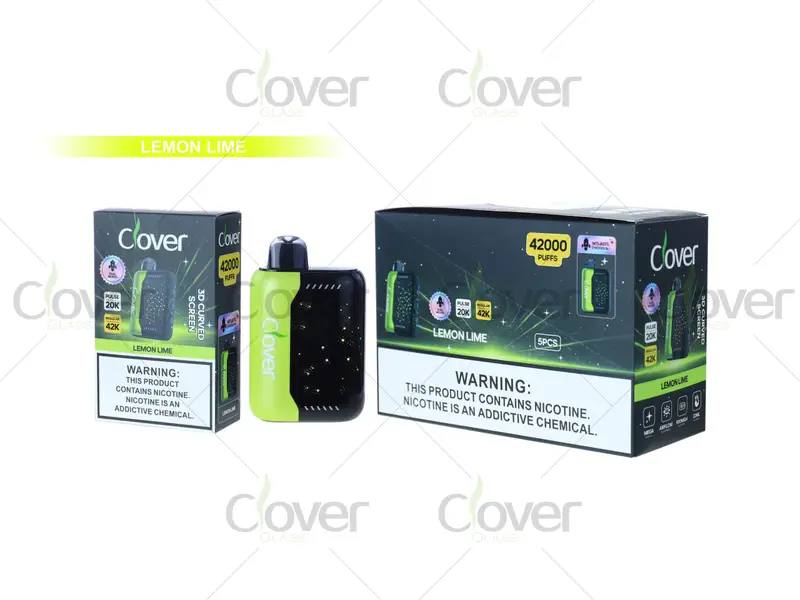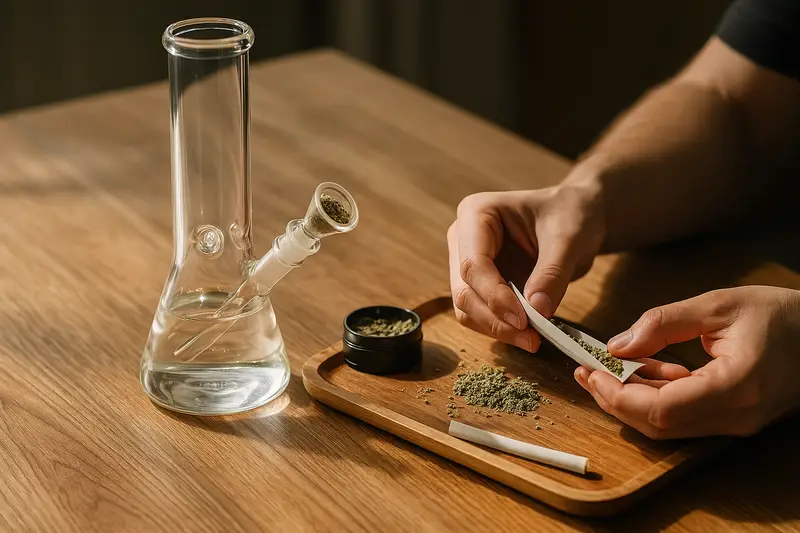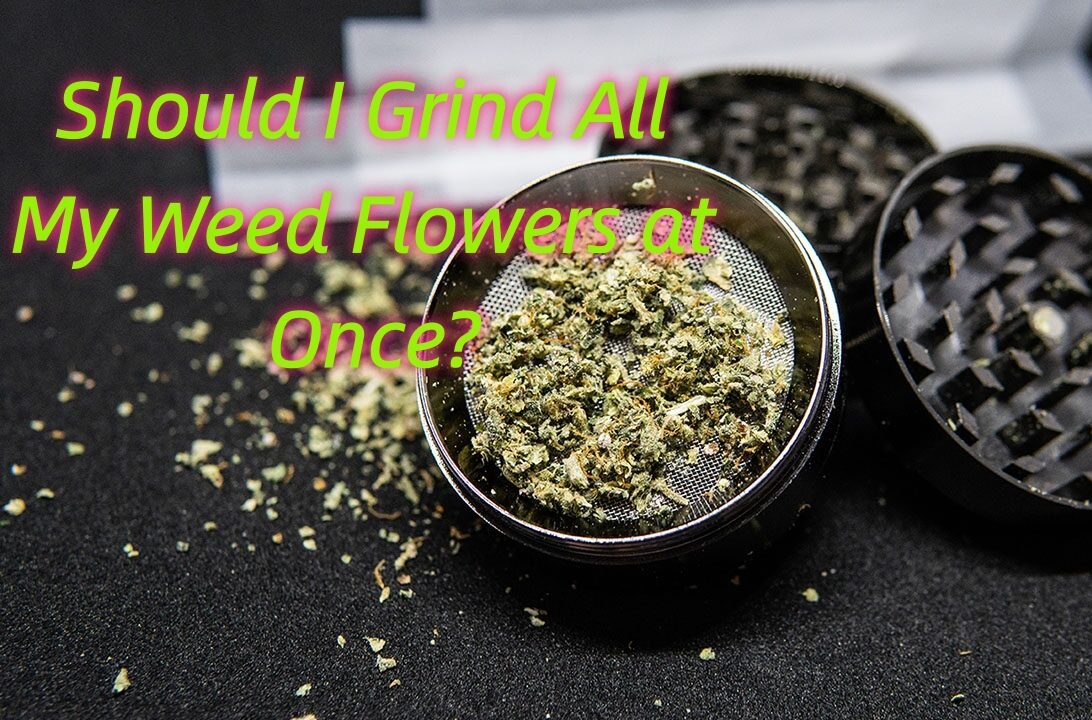When you’re juggling pills and a packed schedule, the idea of lighting up for relief can feel tempting. But timing matters—especially when prescription drugs are involved.
Mixing cannabis with medication can change how both substances act in your body. Some combos are harmless, while others may raise serious risks such as bleeding, drowsiness, or dangerous blood-pressure swings. Always weigh the evidence, know the red flags, and speak with a healthcare pro before you spark up.
Before we break things down, let me give you a quick roadmap so you know exactly what to watch out for.
Can you mix weed with prescription drugs safely?
Even though cannabis is “natural,” it still taps into the same enzyme pathways your liver uses to process many medicines. That overlap can amplify or dull drug effects.
In short: yes, some people mix the two without issues, but safety hinges on the specific drug, dose, and your individual health.
How your liver plays referee
Cannabis—especially THC—leans on the CYP3A4 and CYP2C9 enzymes. Many blood thinners, statins, and antidepressants need those same enzymes. If weed “crowds the lane,” it can slow drug clearance, raising levels in your bloodstream. On the flip side, CBD might speed things up, leaving you under-medicated.
Factors that tip the scale
| Checkpoint | Why it matters |
|---|---|
| Dose & frequency | Higher or chronic cannabis use causes bigger enzyme shifts. |
| Drug half-life | Long-acting drugs linger, increasing overlap time. |
| Administration route | Edibles process through the liver first; smoking largely bypasses it, at least initially. |
For a deeper dive on metabolic clashes, see Mayo Clinic’s overview on drug-herb interactions.
How long should you wait after taking medication before smoking weed?
Rules of thumb help, but there isn’t a single magic number. Think of it like traffic lights: green for low-risk drugs, yellow for moderate, red for high.
A two-hour gap works for most low-risk meds, while high-risk drugs may need four to six hours—or a complete “do not mix” order.
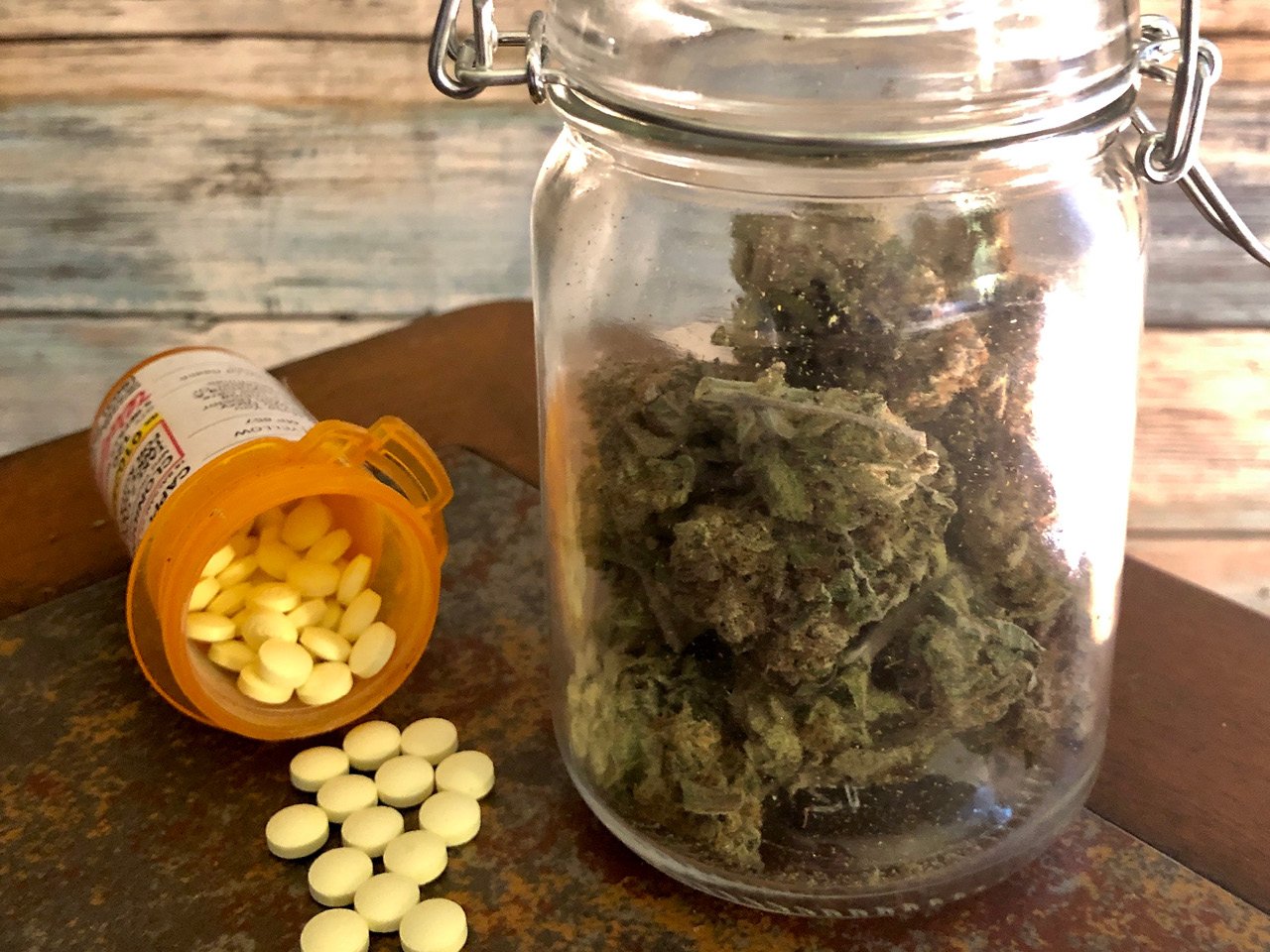
Timing tiers
- Green (low interaction) – Ibuprofen, acetaminophen: 1–2 hrs.
- Yellow (moderate) – SSRIs, beta-blockers: 2–4 hrs.
- Red (serious) – Warfarin, clopidogrel: Avoid or wait a full dosing cycle (often 24 hrs).
You can cross-check wait times on Drugs.com’s interaction checker. When in doubt, follow your doctor’s guidance.
What are the side effects of using weed with common medications?
Typical red flags include dizziness, extreme sleepiness, mood swings, faster heart rate, or nose-bleeds.
If you feel unusually “off”—think fainting, confusion, or chest pain—treat it as an emergency.
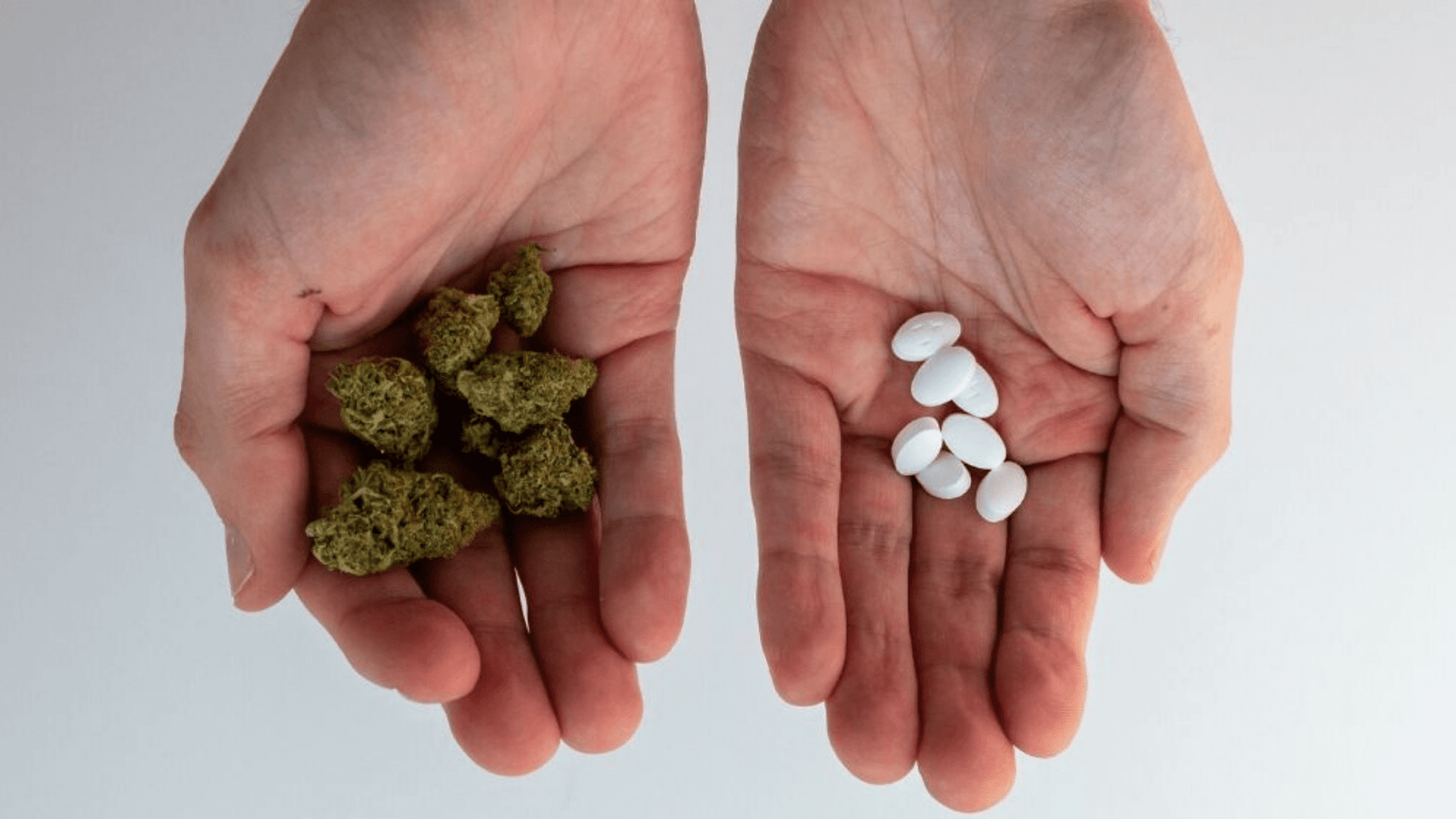
Common trouble spots
Excess sedation
Combining cannabis with opioids, benzodiazepines, or sleep aids like zolpidem can cause dangerous respiratory depression.
Blood-pressure swings
THC may lower blood pressure quickly, then spike it. When paired with hypertensive drugs, that roller coaster can be risky. See the American Heart Association’s note on cannabis and cardiovascular health.
Which medications have dangerous interactions with cannabis?
Some drugs sit firmly in the “no-fly zone.”
Anticoagulants (warfarin), certain chemotherapy agents (tamoxifen), and transplant anti-rejection drugs (cyclosporine) top the list of dangerous pairings.
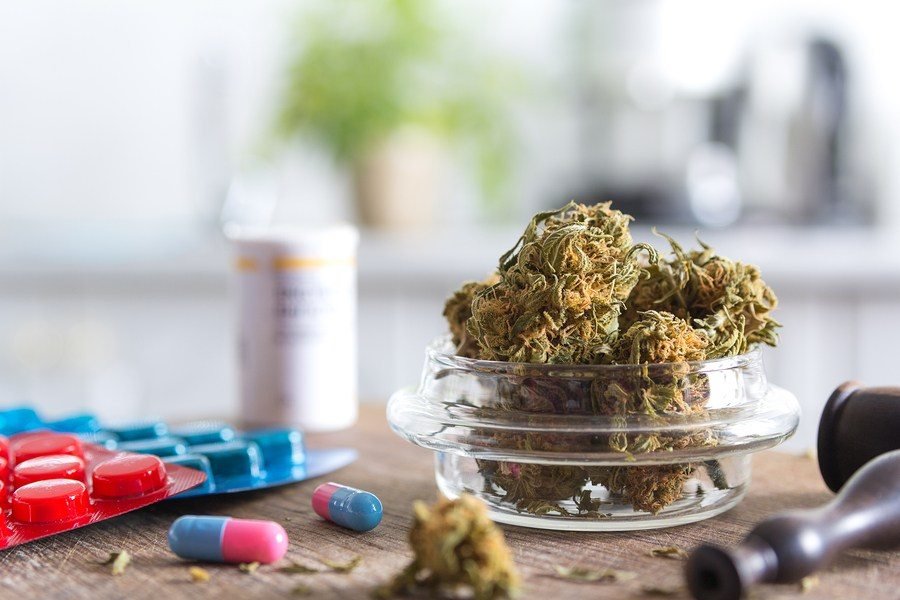
High-alert list
| Drug class | Example | Risk when mixed with weed |
|---|---|---|
| Anticoagulants | Warfarin | Uncontrolled bleeding |
| Immunosuppressants | Cyclosporine | Organ rejection or toxicity |
| Chemotherapy | Tamoxifen | Reduced cancer-fighting effect |
| Seizure meds | Clobazam | Excess sedation |
For a regularly updated roster, check the UK’s NHS interaction database.
Should you ask your doctor before using weed with medication?
Absolutely, yes. Transparency saves headaches.
Bring a complete list of all meds and supplements, plus your cannabis routine—even if it’s only “weekend joints.”
Why honesty helps
- Doctors can adjust doses or switch drugs.
- They’ll flag warning signs to watch for.
- It protects you legally in states where cannabis is medicinal only.
The American Medical Association urges open dialogue; read more on their stance here.
Can smoking weed affect how your medication works?
Yes. THC and CBD can both boost or blunt drug potency.
Result: your treatment plan might fail—or hit like a freight train. Neither is good.
Mechanisms at play
CYP enzyme hijacking
As noted earlier, liver enzymes get “busy” with cannabinoids, delaying other drug breakdown.
P-glycoprotein pumps
CBD may inhibit these cell pumps, letting more drug cross the blood–brain barrier. Researchers at PubMed discuss this in detail.
Receptor overlap
Both cannabis and certain antidepressants act on serotonin pathways, which can push you toward serotonin syndrome. The FDA explains that condition here.
Conclusion
Cannabis can be a friend or foe to your meds. I always lean on one rule: If you’re unsure—even a little—talk to a professional first, then plan your smoke break accordingly.
